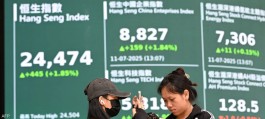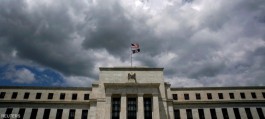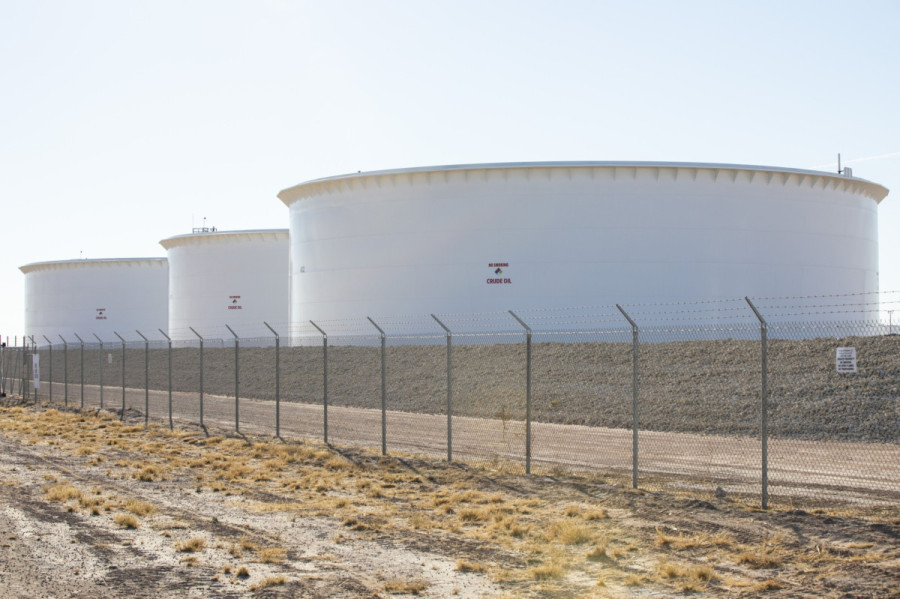The price of US crude oil reached $95 per barrel for the first time in more than a year (during Thursday's trading) after the volume of inventories in the country's main storage center declined to critical levels, highlighting the growing global supply deficit.
West Texas Intermediate crude briefly rose above this price after jumping 3.6% on Wednesday, its largest rise since early May. Inventories at the Cushing Center in Oklahoma - the main delivery point for US crude - fell to just under 22 million barrels, the lowest level since July 2022 and close to the minimum inventories in the institution.
Amrita Sen, co-founder and head of research at consulting firm Energy Aspects, said in an interview with Bloomberg TV: “I fear we have used up a lot of inventories in the midst of these market conditions, and the result is that inventories are drying up in the Cushing center in the United States right now.”
US oil inventories decline
According to official data released on Wednesday, US crude inventories nationally fell more than expected, providing evidence of how quickly the market is tightening due to supply cuts from Saudi Arabia and Russia. West Texas Intermediate crude oil has jumped by about a third since the end of June, and is now on track to achieve its largest quarterly rise since early 2022, exacerbating inflation and causing new obstacles for central banks.
A hedge fund acknowledges the impossibility of combating the rise of oil
Earlier this month, OPEC forecast a shortfall of up to 3 million barrels per day of crude oil in the fourth quarter. In light of the elasticity of demand in the United States and China, many in the market now see that the price of a barrel reaching $100 is inevitable, even despite the rise in the dollar and continuing concerns about rising global interest rates.
It is only a matter of time before the price of Brent crude exceeds the $100 per barrel threshold, said Warren Patterson, head of commodities strategy at ING Groep NV. However, we believe that any exceeding this level will be relatively short-lived, given the increasing pressure that is likely to be exerted on OPEC+ to reduce supply cuts.
Concerns about oil price fluctuations
The tightening of the physical market is also reflected in the futures curve, with the WTI spot spread rising to $2.44 per barrel in the event of Backorder , Compared to just 61 cents in the middle of last week. The trading style in options contracts also highlights concerns about price fluctuations even more.
Inventories at the Cushing Center have fallen for seven straight weeks, and many traders consider them already at the lowest levels that allow oil tanks to operate normally. Purchasing spot supplies from the center has also become increasingly expensive, and the price of US crude has risen significantly for buyers outside the United States.
However, there is still strong demand despite the price increase. JPMorgan Chase & Co. said that global consumption of fuels that operate transportation rose last week, supported by Chinese trucking activity and increased international travel by Chinese ahead of the start of the Golden Week holiday season.









































